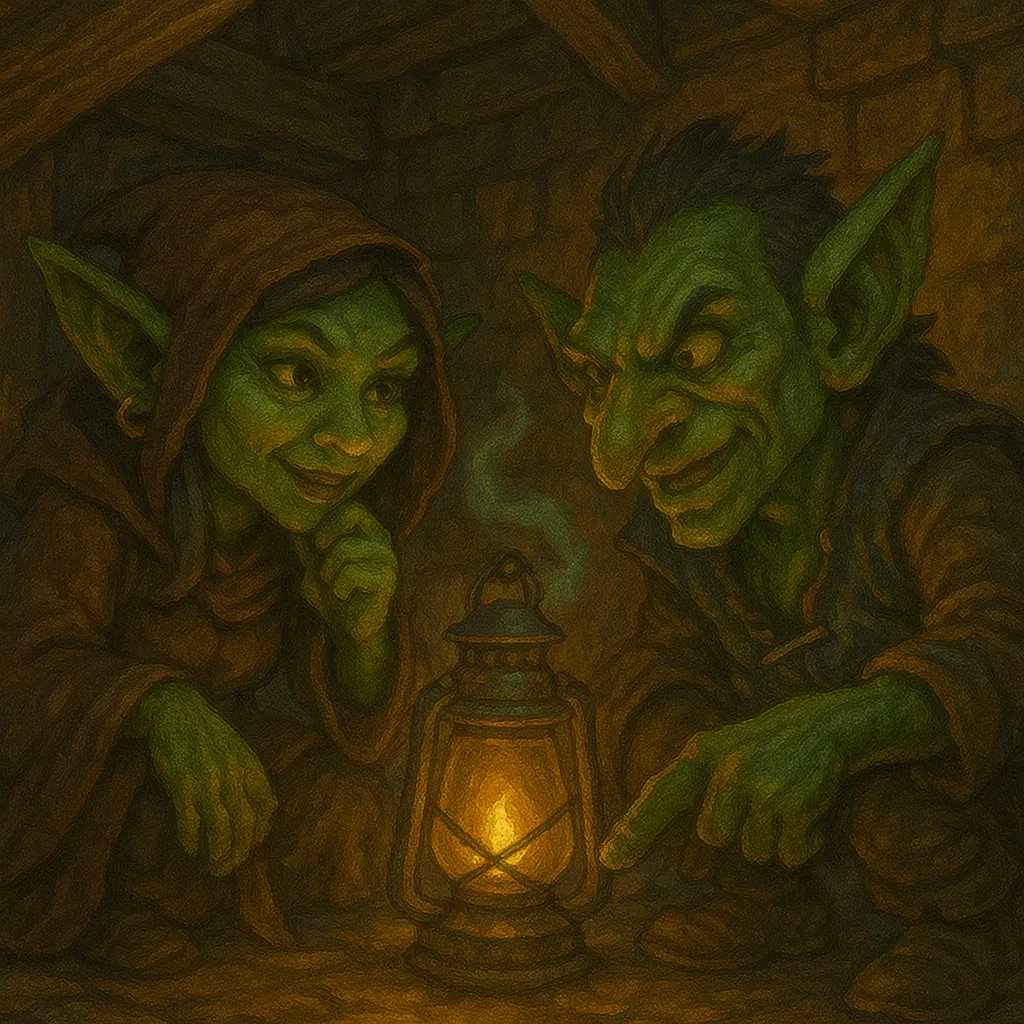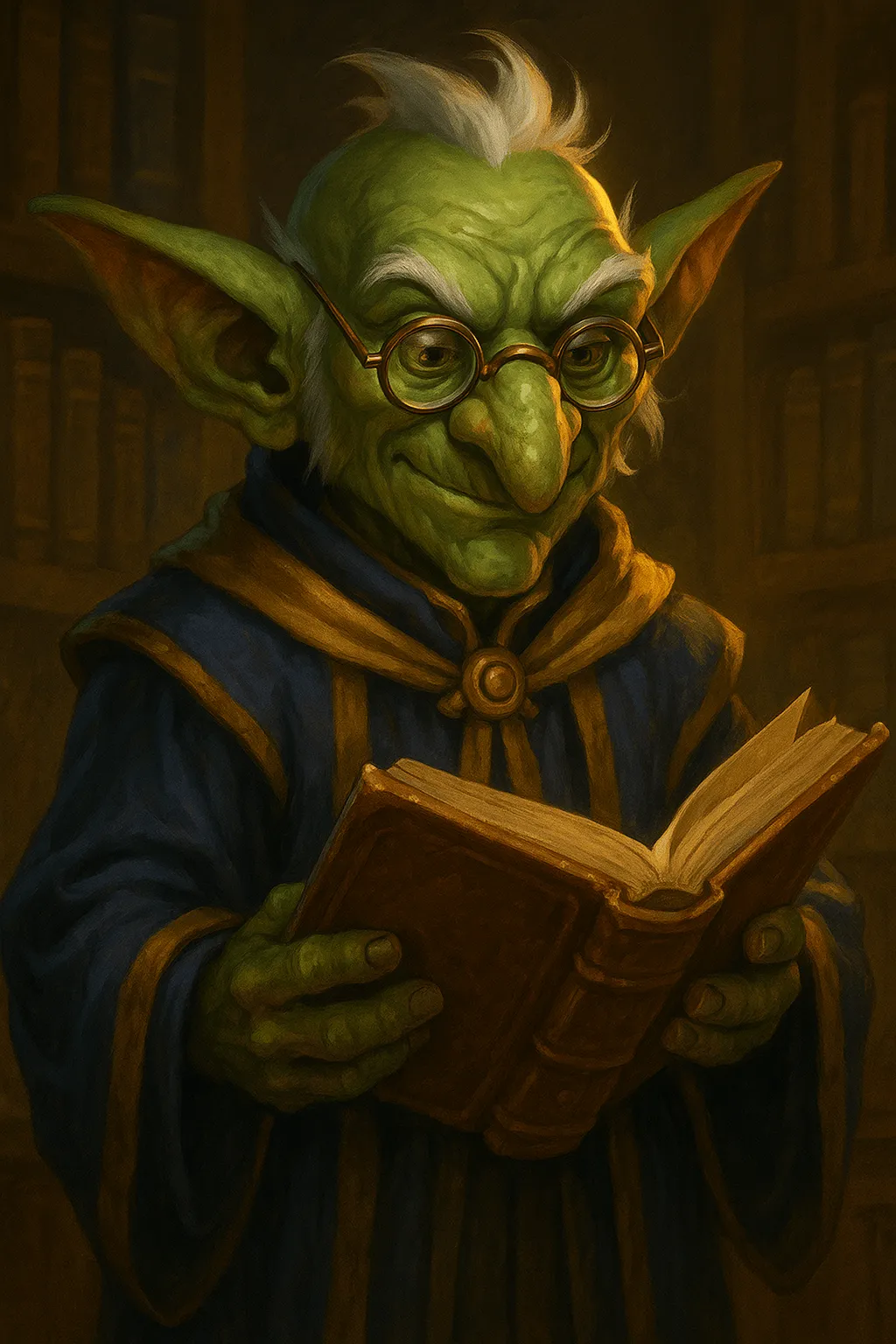
No no—see, you’ve got it all wrong. Let me tell you how it really went.
Goblins are among the most misunderstood peoples of the known realms, often dismissed as verminous or chaotic, yet found embedded in nearly every corner of society’s neglected edges. Rather than constructing nations or fortresses, goblins insinuate themselves into the forgotten margins of others’ empires—unused tunnels, abandoned guildhalls, collapsed trade routes—any place overlooked or deemed unprofitable. 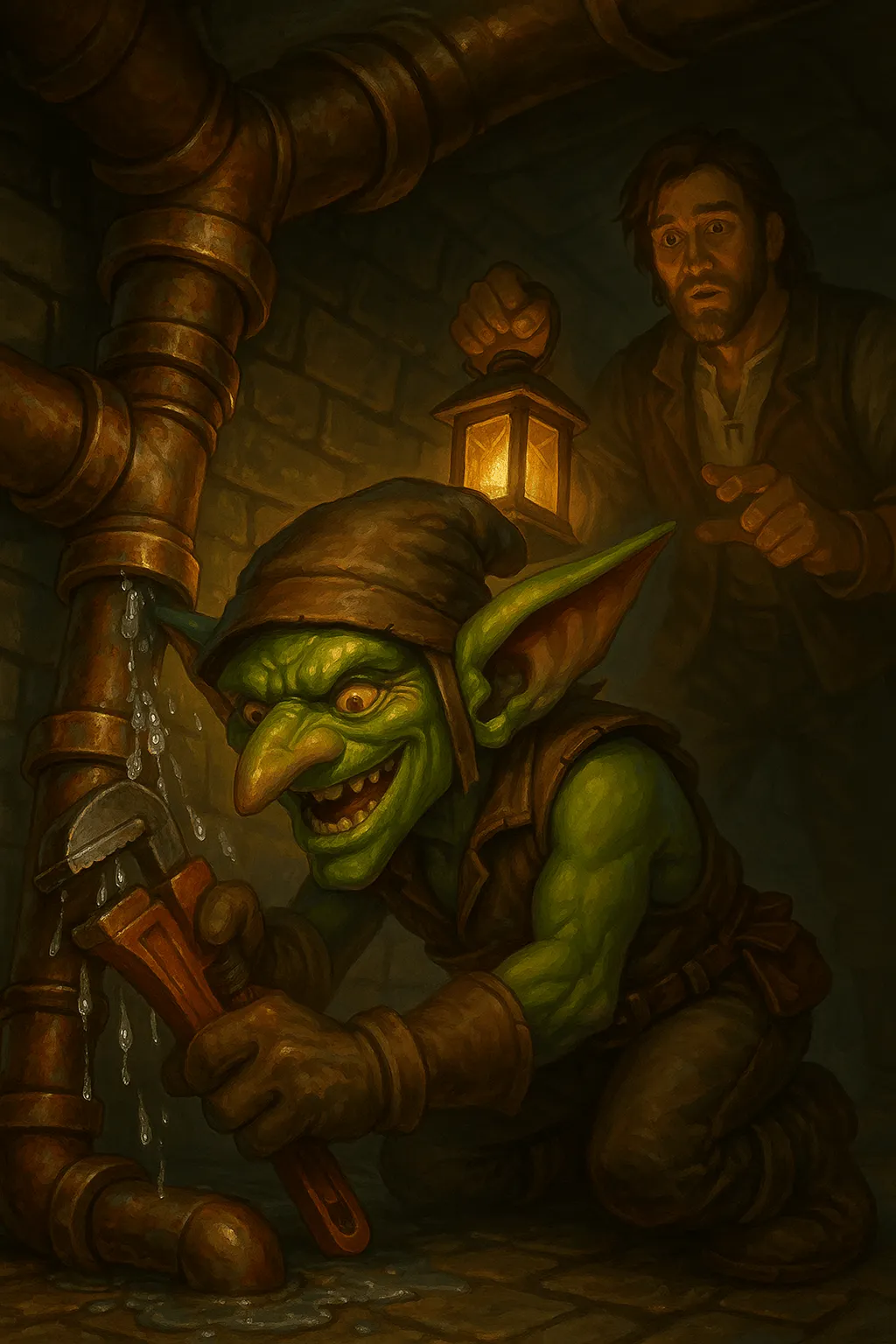 What outsiders interpret as disorder is, to goblins, a functional web of deals, debts, rivalries, and shifting allegiances. Leadership among them is rarely fixed; respect is earned through immediate usefulness. A goblin who provides an edge, a clever fix, or a loophole in dire need may lead for a day or a decade, and when their advantage fades, so does their authority, without ceremony or regret.
What outsiders interpret as disorder is, to goblins, a functional web of deals, debts, rivalries, and shifting allegiances. Leadership among them is rarely fixed; respect is earned through immediate usefulness. A goblin who provides an edge, a clever fix, or a loophole in dire need may lead for a day or a decade, and when their advantage fades, so does their authority, without ceremony or regret.
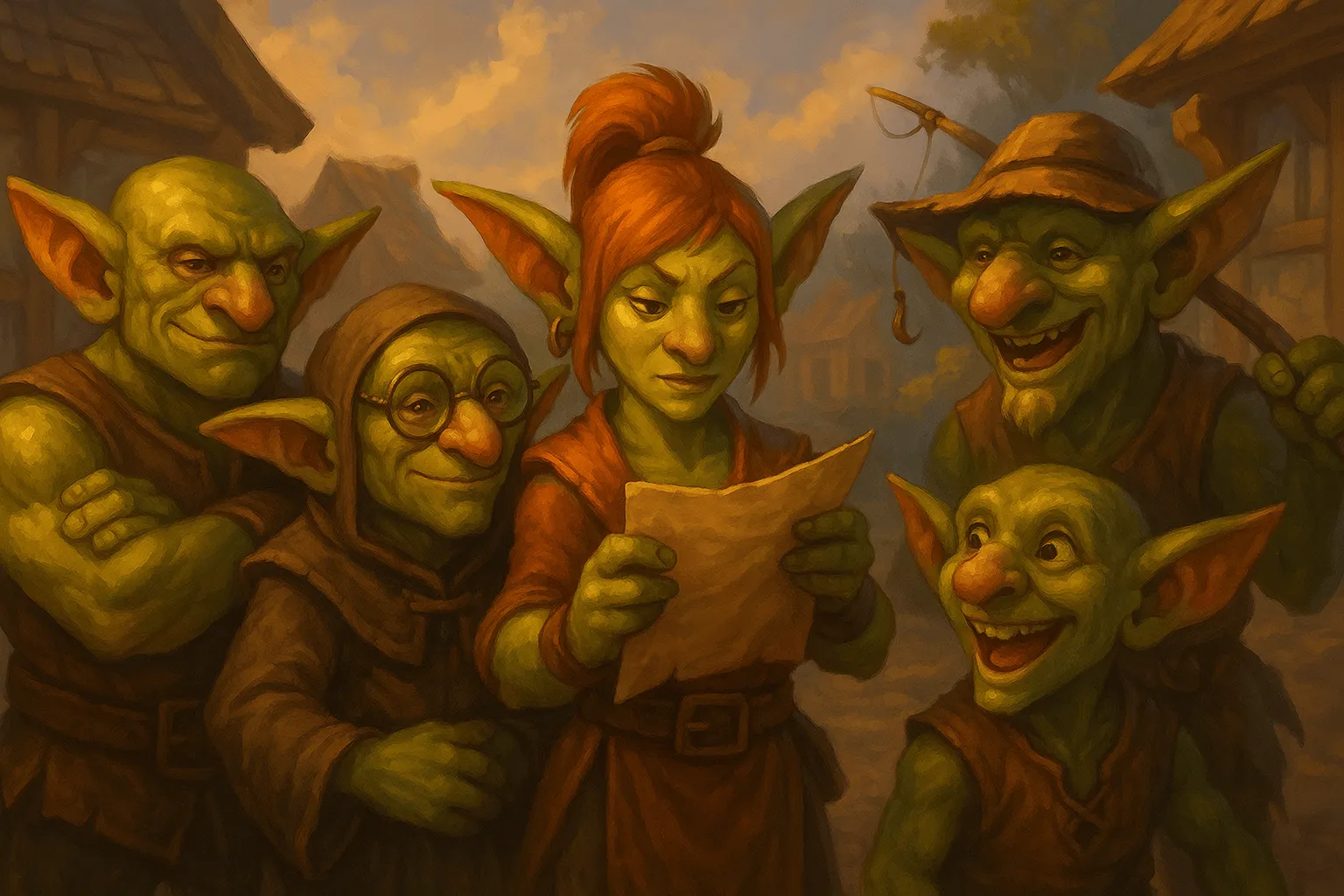 Their origins are debated and colored by bias. Elven historians speak of goblins as remnants of failed fey experiments—living echoes of some arcane jest. Dwarves, perhaps less poetically, claim goblins were shaped from below, arising not through magic but by sheer adaptation to the underground’s mineral-laced hostility. Goblins themselves offer little in the way of cohesive history. Their own myths vary wildly. One frequently told tale suggests they were once scribes to a forgotten god who vanished before finishing a sentence, leaving them incomplete and improvisational ever since. What unites these accounts is not certainty, but an acknowledgment that goblins endure. They thrive not through brute strength or overwhelming numbers, but through relentless ingenuity, adaptability, and the compulsive need to turn any misfortune into leverage.
Their origins are debated and colored by bias. Elven historians speak of goblins as remnants of failed fey experiments—living echoes of some arcane jest. Dwarves, perhaps less poetically, claim goblins were shaped from below, arising not through magic but by sheer adaptation to the underground’s mineral-laced hostility. Goblins themselves offer little in the way of cohesive history. Their own myths vary wildly. One frequently told tale suggests they were once scribes to a forgotten god who vanished before finishing a sentence, leaving them incomplete and improvisational ever since. What unites these accounts is not certainty, but an acknowledgment that goblins endure. They thrive not through brute strength or overwhelming numbers, but through relentless ingenuity, adaptability, and the compulsive need to turn any misfortune into leverage.
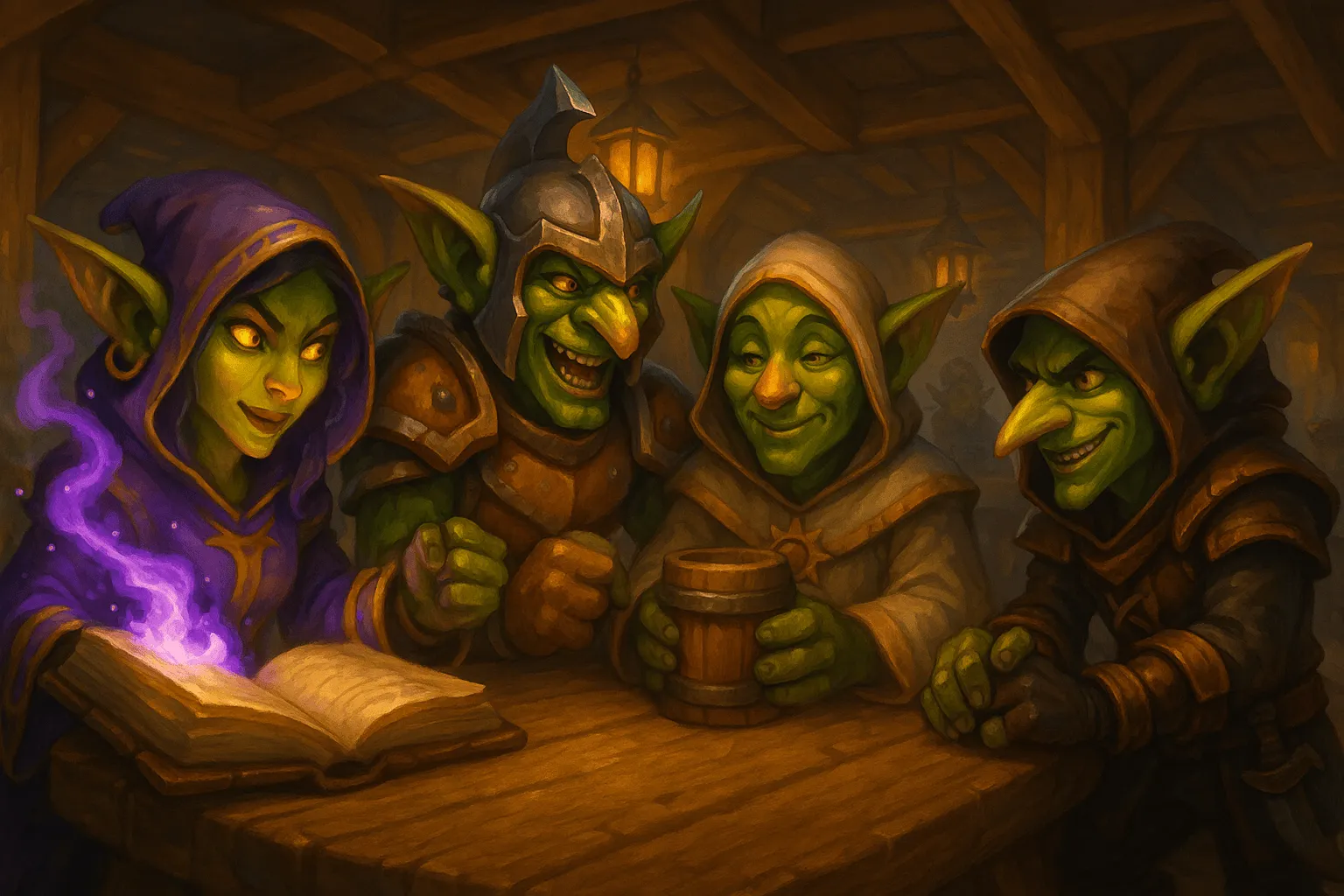 Goblin innovation is less about invention and more about repurposing. They do not seek to build new systems so much as twist the old ones into unexpected, sometimes explosive uses. Whether through alchemical volatility, improvised glyphcraft, or misunderstood relics, goblin magic tends to be chaotic only to those who do not understand the goblin’s goal. They know what they’re doing—more often than not—but accept risk as an essential cost. A goblin working with scrap is no less precise than a dwarven artisan; their precision simply accounts for instability as a feature, not a flaw. Their crafts, traps, devices, and enchantments are often found in the corners of other cultures, uncredited but unmistakably effective.
Goblin innovation is less about invention and more about repurposing. They do not seek to build new systems so much as twist the old ones into unexpected, sometimes explosive uses. Whether through alchemical volatility, improvised glyphcraft, or misunderstood relics, goblin magic tends to be chaotic only to those who do not understand the goblin’s goal. They know what they’re doing—more often than not—but accept risk as an essential cost. A goblin working with scrap is no less precise than a dwarven artisan; their precision simply accounts for instability as a feature, not a flaw. Their crafts, traps, devices, and enchantments are often found in the corners of other cultures, uncredited but unmistakably effective.
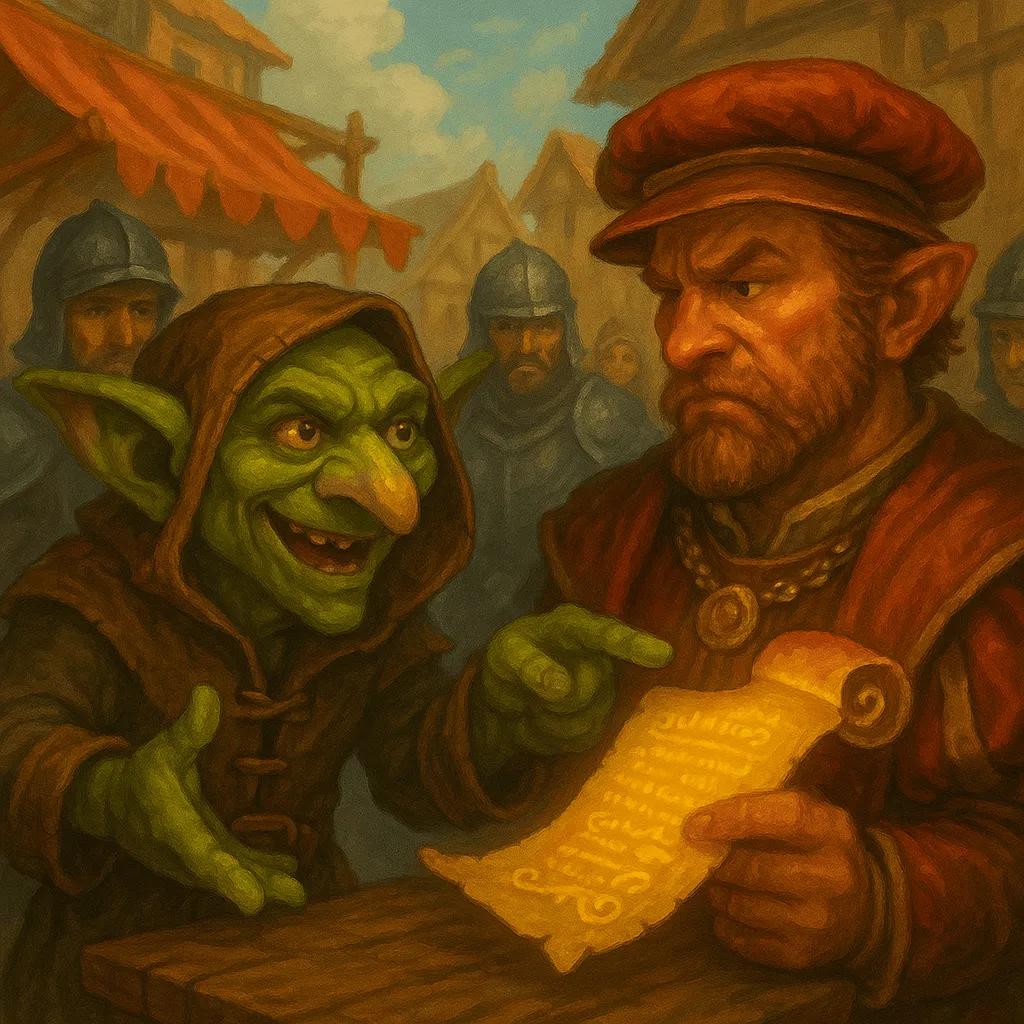 Trade and language are equally twisted in goblin hands. They value the deal, not the gold. Contracts are sacred games, meant to be exploited with cleverness rather than brute dishonesty. Many merchants who believe they’ve bested a goblin in negotiation later discover the terms were met precisely, but not in spirit. Among goblins themselves, communication is often half-spoken and gesture-rich, with silence serving as a valid form of currency. To be too clear is to give away power. Goblin agreements may be sealed with a wink, a scuff on the floor, or a shared glance at a candle flicker, depending on local custom. This semi-coded manner of interaction makes their communities difficult to map or infiltrate, and nearly impossible to control.
Trade and language are equally twisted in goblin hands. They value the deal, not the gold. Contracts are sacred games, meant to be exploited with cleverness rather than brute dishonesty. Many merchants who believe they’ve bested a goblin in negotiation later discover the terms were met precisely, but not in spirit. Among goblins themselves, communication is often half-spoken and gesture-rich, with silence serving as a valid form of currency. To be too clear is to give away power. Goblin agreements may be sealed with a wink, a scuff on the floor, or a shared glance at a candle flicker, depending on local custom. This semi-coded manner of interaction makes their communities difficult to map or infiltrate, and nearly impossible to control.
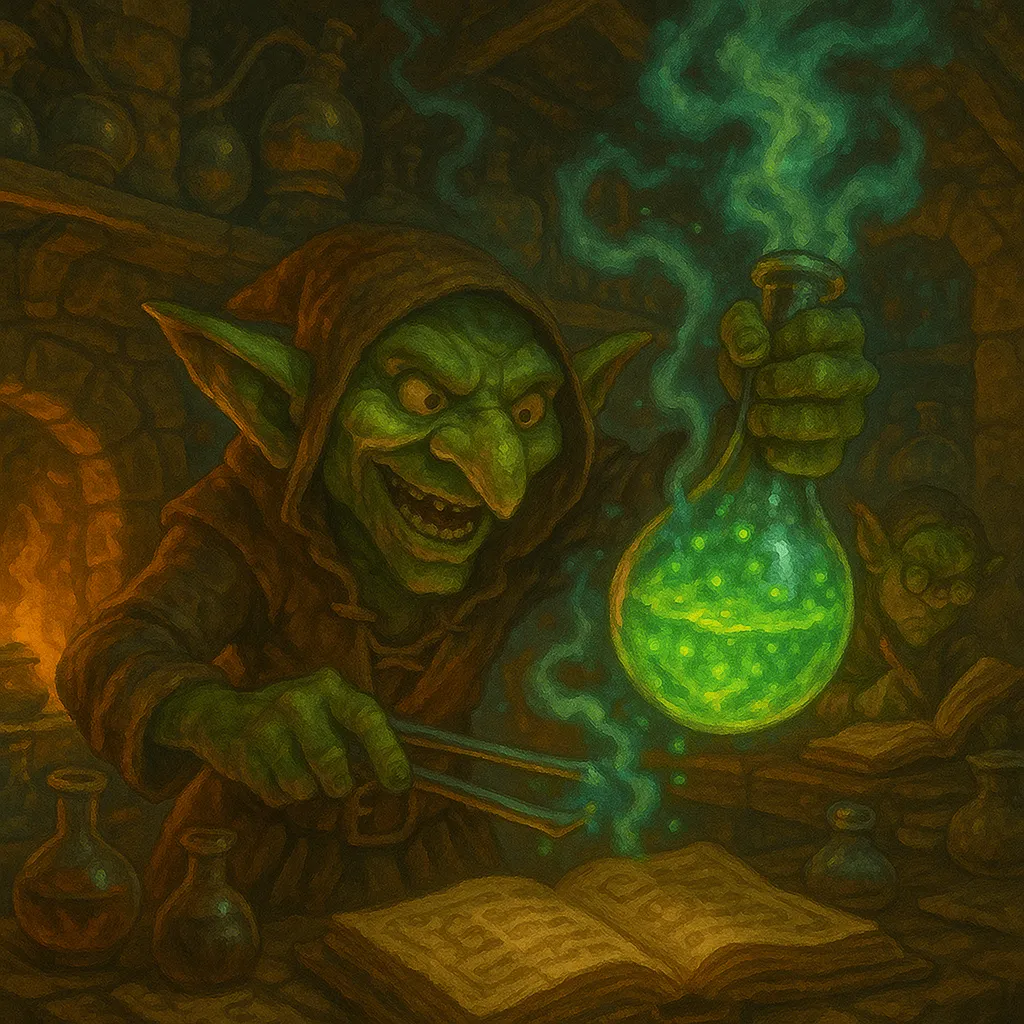 Across regions, observers have identified recurring tendencies—roles that many goblins fall into without them forming rigid castes. Some gravitate toward mechanical improvisation, others toward volatile enchantments, still others toward the manipulation of words, terms, and laws. These patterns are not formal specializations, but expressions of how goblins approach problem-solving. A trap-builder might become a clause-drafter if a contract proves more useful than a snare. A spiritual interpreter might repurpose a misfiring enchantment into a working shrine, simply because it is more useful to do so. What matters is utility, not consistency.
Across regions, observers have identified recurring tendencies—roles that many goblins fall into without them forming rigid castes. Some gravitate toward mechanical improvisation, others toward volatile enchantments, still others toward the manipulation of words, terms, and laws. These patterns are not formal specializations, but expressions of how goblins approach problem-solving. A trap-builder might become a clause-drafter if a contract proves more useful than a snare. A spiritual interpreter might repurpose a misfiring enchantment into a working shrine, simply because it is more useful to do so. What matters is utility, not consistency.
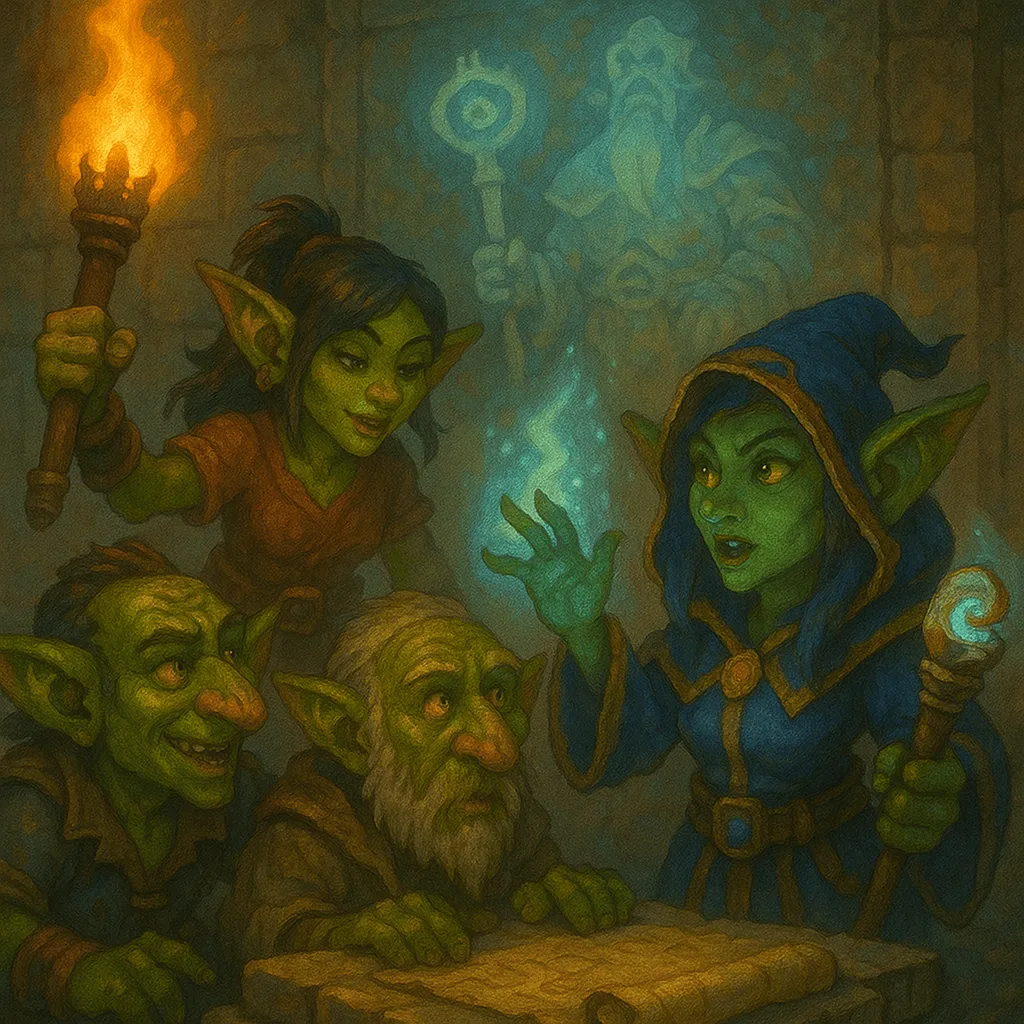 Despite their ubiquity, goblins remain subject to myths and distortions. Some claim they cannot survive in daylight, or that they hoard the teeth of the dead, or that they are bound by riddles. Most of these tales are half-truths, rooted in cultural discomfort with beings who cannot be easily categorized or controlled. What is consistently true is that goblins are difficult to remove. Attempts to displace or exterminate them rarely last. They seep back into the cracks of society, not through force, but through presence—unnoticed, underestimated, and inconveniently clever. To ignore a goblin is often riskier than to engage them. At least when bargaining, one knows the game is afoot.
Despite their ubiquity, goblins remain subject to myths and distortions. Some claim they cannot survive in daylight, or that they hoard the teeth of the dead, or that they are bound by riddles. Most of these tales are half-truths, rooted in cultural discomfort with beings who cannot be easily categorized or controlled. What is consistently true is that goblins are difficult to remove. Attempts to displace or exterminate them rarely last. They seep back into the cracks of society, not through force, but through presence—unnoticed, underestimated, and inconveniently clever. To ignore a goblin is often riskier than to engage them. At least when bargaining, one knows the game is afoot.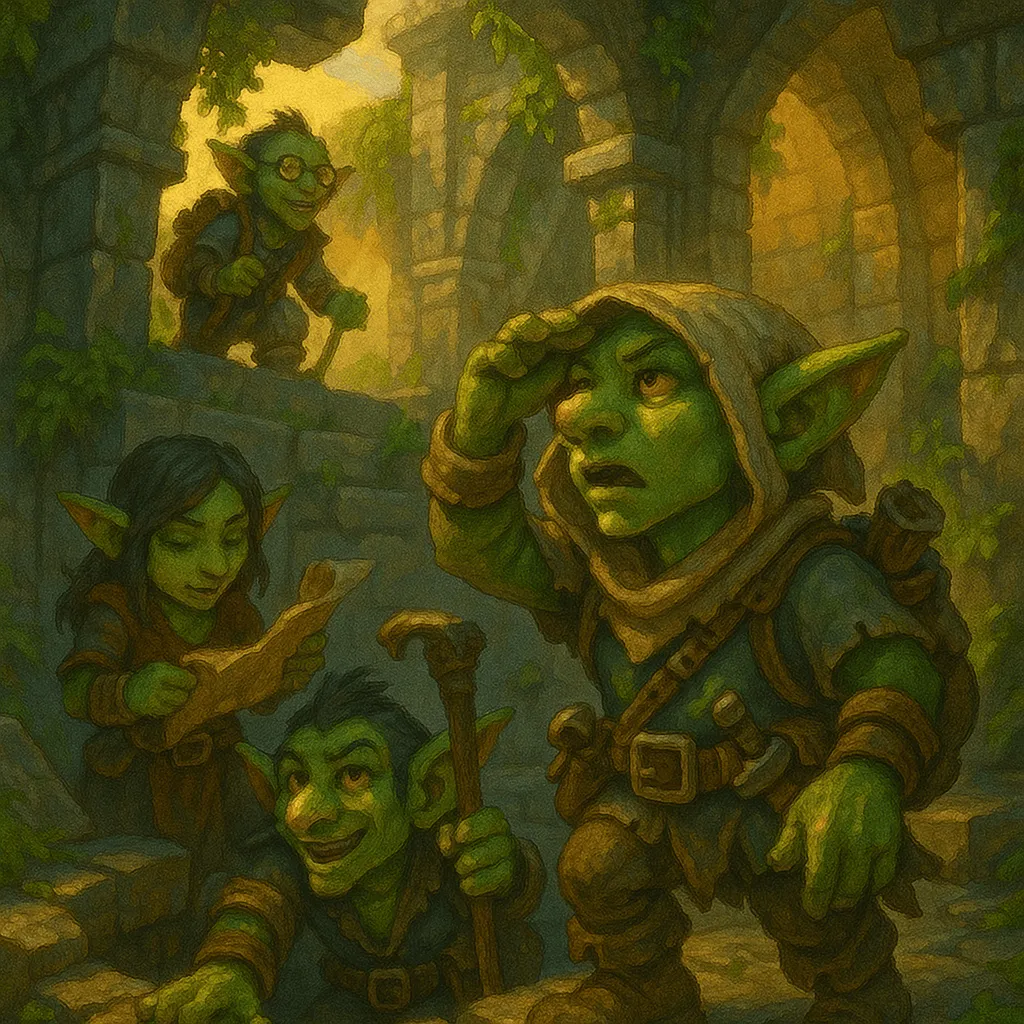
The following magical heirlooms are fictional and lore-based in nature. Each one is an affiliate link to a real-world item on Amazon that we've hand-selected to complement this artifact's lore.

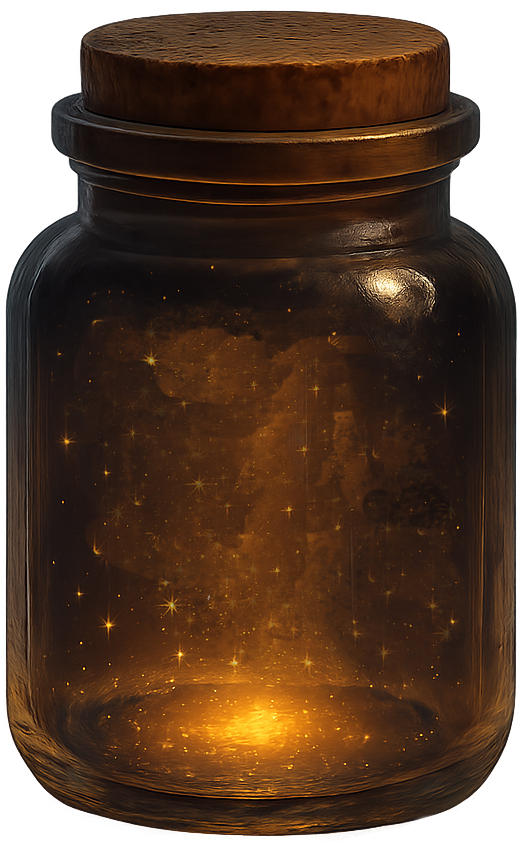
If you click a link and buy an item, we may earn a commission.It costs you nothing extra, but can help keep this little corner of the internet glowing.
What does this mean?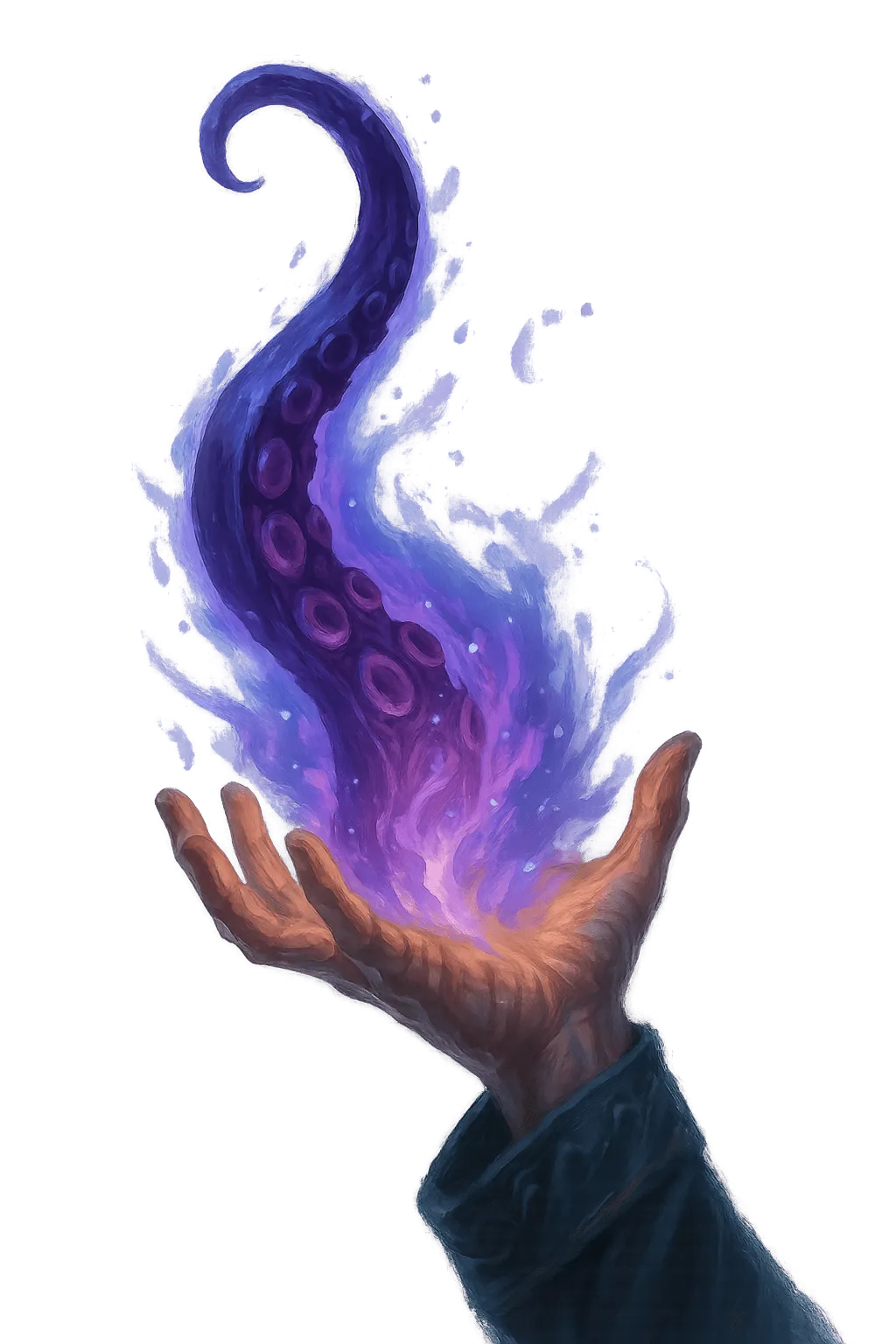
For locks, levers, or surprise intimidation. Not for hugs. Never for hugs.
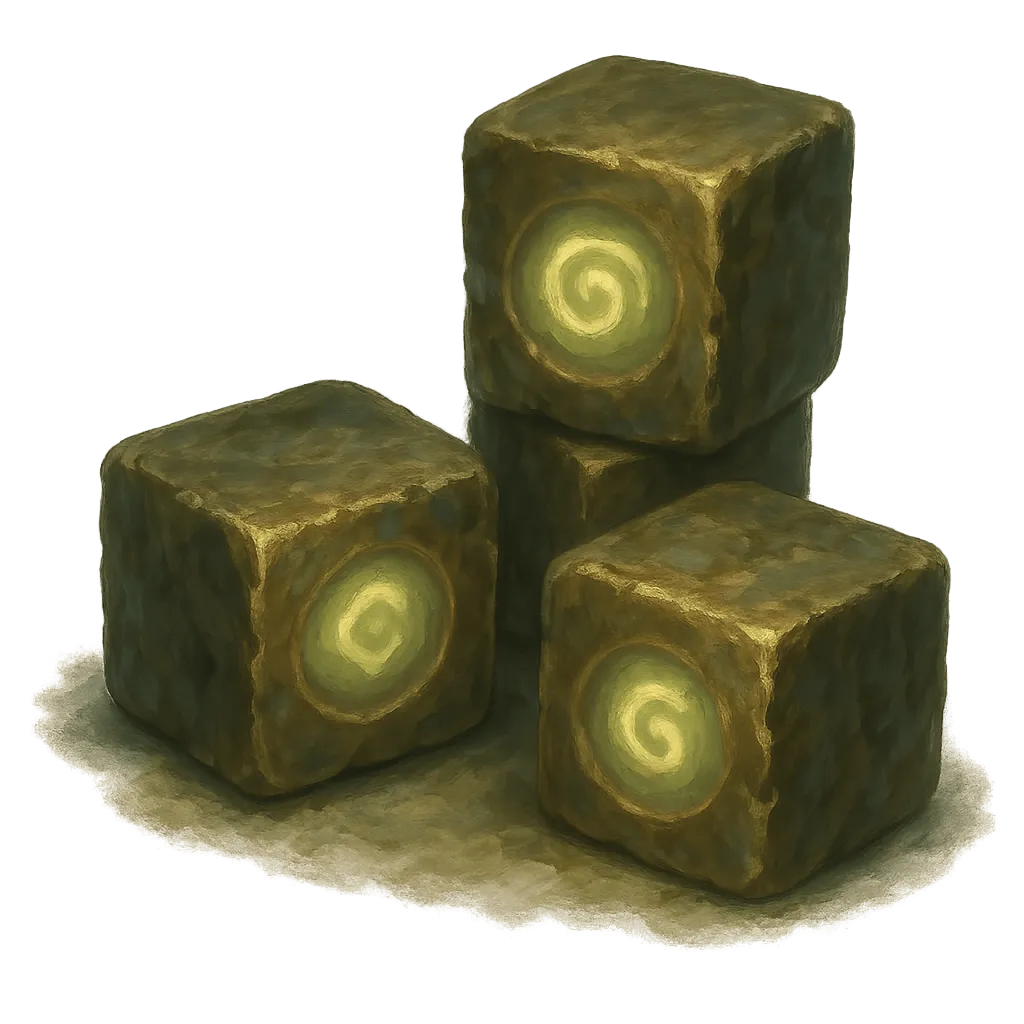
They're not thrown, they're released.
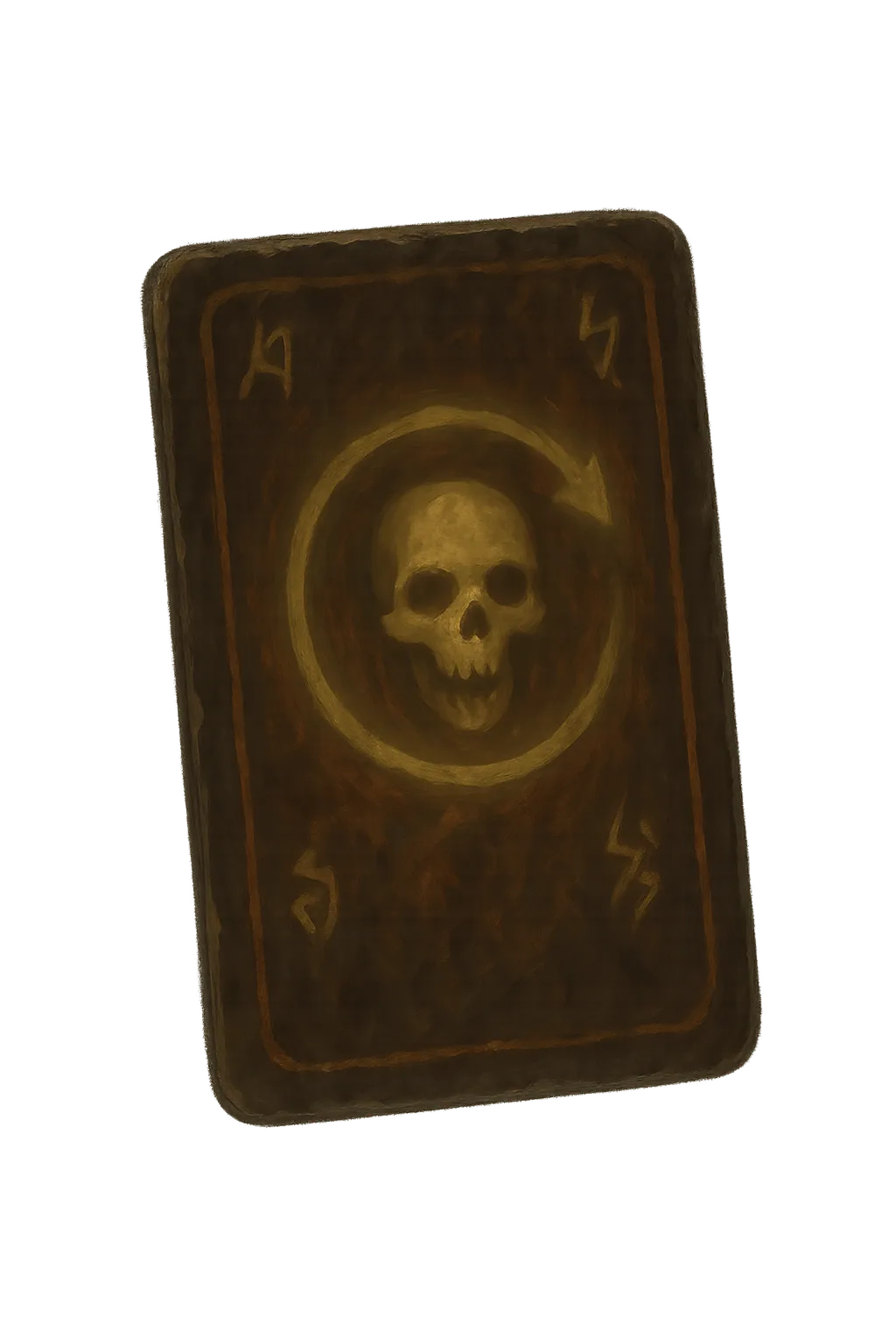
Time skips you. Fate doubles back. Everyone else draws power. You? You wait. You draw again.

"You know, I'm something of a sorcerer myself." - previous owner


